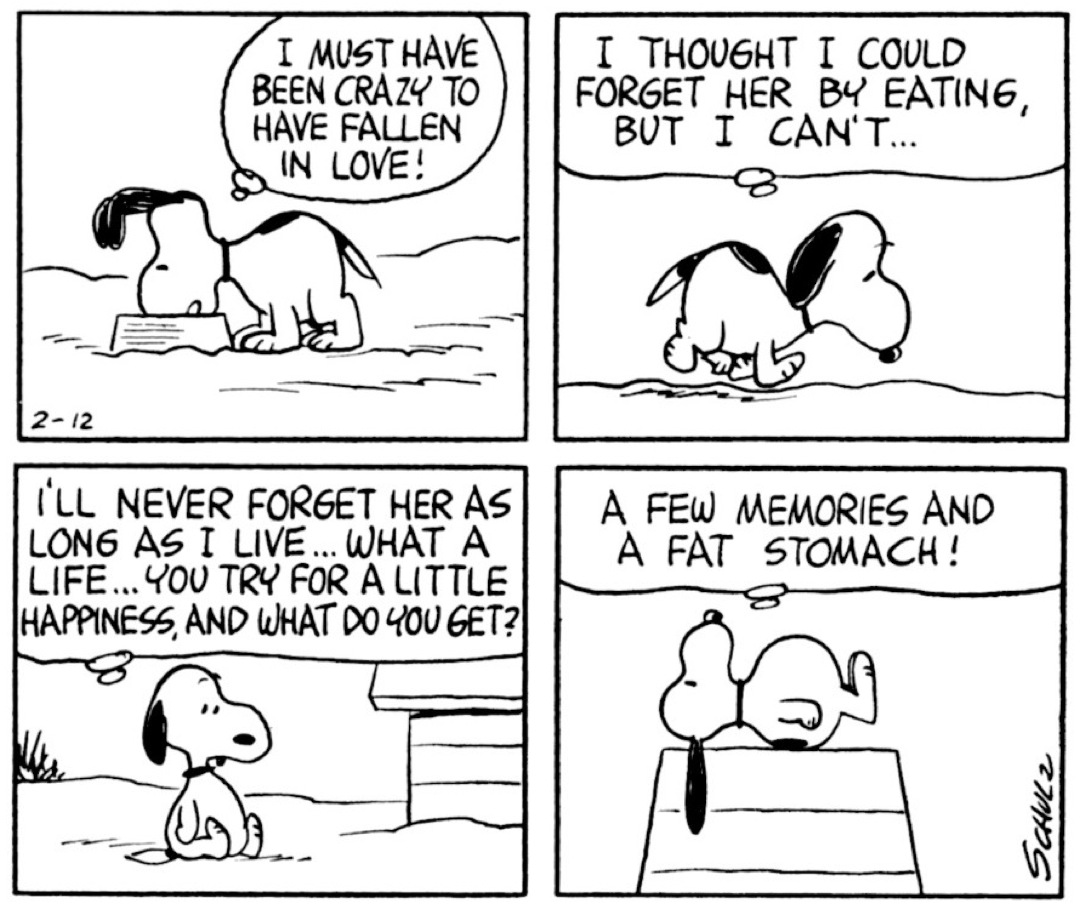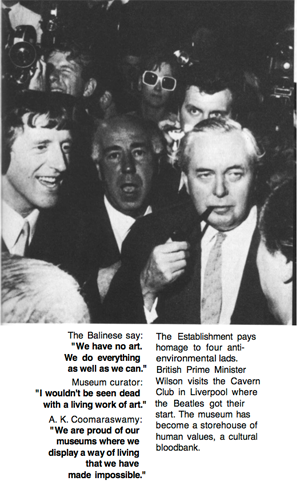The following is a revised version of a blog post I wrote on July 16, 2010. I rewrote it and posted to the Cyber-Rhetoric course blog as the last lecture on The Medium Is the Massage, and thought I’d repost it here. When I wrote the first version back in 2010, it wasn’t my intention to explain why I believe teaching The Medium Is the Massage is so important, as I assayed the subject, I found myself ending up doing just that.
From the July 16, 2010 Inside Higher Ed‘s article “Technologically Illiterate Students“:
“Say you are an employer evaluating college students for a job. Perusing one candidate’s Facebook profile, you notice the student belongs to a group called “I Pee My Pants When I’m Drunk.” What is your first thought?
It should not be that this student is unemployable for being an intemperate drinker, said Susan Zvacek, director of instructional development at the University of Kansas — though that it might mean that, too. Mainly, though, it should suggest something else — something that might be more relevant to the student’s qualifications.”
“What it tells me,” Zvacek said, “is that the student is technologically illiterate.”
The piece then goes on to offer Zvacek’s definition of technological literacy:
“The digital divide used to be about the hardware haves and have-nots,” she said. “What we’re seeing now is that it’s less about who has hardware, but who has access to information; who has those problem-solving skills. And that’s going to be the digital divide that we’re going to see in the future … the ability to deal with information.”
The assumption that today’s student are computer-literate because they are “digital natives” is a pernicious one, Zvacek said. “Our students are task-specific tech savvy: they know how to do many things,” she said. “What we need is for them to be tech-skeptical.”
On the one hand, I want to stand back and suggest that the issue raised in the anecdote isn’t about technological awareness but rhetorical awareness, about the construction of the self. And it is. At the same time, however, Zvacek is getting at something else. Zvacek is responding to the US Department of Education’s definition of technological literacy as knowing how to use a computer, and in doing so, she’s not alone.
I want to push this issue farther though, push it beyond the concepts of computer literacy or technological literacy. In fact, I want to push us beyond the use of the word literacy itself for a whole host of reasons, first and foremost because literacy is, technically, about letters, about the written word, and that positions the issue squarely in a particular techno-cultural-noetic milieu.
I was fumbling with this very subject when I wrote about technological literacy in The Making of a Technorhetorician: A Technological Literacy Collage, which I wrote earlier that year as an example for students working on their own technological literacy collages. I’m unhappy with what I wrote there, as unhappy, in fact, as I was when I wrote it. The problem, I’ve realized, is that I fell into the trap I try to push students away from. I let the imperiousness of literacy muddle my thinking The issue, I so fumblingly hinted at in my technological literacy collage is not literacy of any sort but awareness rooted in orality-literacy studies and media ecology. Its the kind of awareness that Marshall McLuhan and Walter J. Ong spent their careers trying to teach us.
As long as we keep basing this issue in particular techno-cultural-noetic contexts, we’re going to keep fumbling along, never to get it right. The awareness I’m talking about here, and the awareness I think Susan Zvacek is getting at without realizing it, is rooted in an awareness of McLuhan’s dictum/maxim “The medium is the massage,” that “[a]ll media are extensions of some human faculty—psychic or physical.” That is, McLuhan’s awareness of how media work as environments:
All media work us over completely. They are so pervasive in their personal, political, economic, aesthetic, psychological, moral, ethical, and social consequences that they leave no part of us untouched, unaffected, unaltered. The medium is the massage. Any understanding of social and cultural change is impossible without a working knowledge of the way media work as environments. (26)
It can be hard, at first, to convince students that I’m talking about something relevant to their lives when we jump around from such topics as the difference between alphabets, syllabaries, and logograms; Renaissance perspectivism and railroads; Homeric myth and encyclopedias; Ingmar Bergman’s The Seventh Seal, Absurdest theater, and the Fluxus Movement; John Cage and Charlotte Moorman, the TV-bra wearing cellist and performance artist. As McLuhan knew, you’ve got to pull the rug out from under our feet before we can get beneath the surface and understand the deep structures.
Making the mistake of being too rooted in a particular techno-cultural-noetic perspective leads us to focus on the wrong things. My go-to example here is the belief that oral poets must be illiterate. Early scholars of oral tradition too quickly jumped to this conclusion that oral poets must be illiterate because the oral poets they studied were illiterate, even while there was evidence to the contrary, and it mistaken notion was perpetuated for far too long. As Ong argued, writing is imperious. It clouds our perspective. We are so rooted in literacy and in print culture that we far too often fail to realize it’s not our natural noetic state or that it’s not inherently better than other noetic states. This is the reason why we use literacy as the metaphor for everything, and in doing so, we fail to recognize that when we think we’re talking about literacy we are sometimes actually talking about awareness of media as environments.
I believe this is important because, as McLuhan and Fiore reminds us through the use of the A.N. Whitehead quote at the end of the book, “The business of the future is to be dangerous” (160). Yes, the business of the future is to be dangerous. As they reminded us at the beginning of the book, with another A.N. Whitehead quote, “[t]he major advances of civilization are processes that all but wreak the societies in which they occur” (6-7). However, as McLuhan and Fiore assert in the introduction to the book, “there is absolutely no inevitability as long as there is a willingness to contemplate what is happening” (25). The Medium Is the Massage, as with much of McLuhan’s other work, is his attempt to give us the tools necessary to contemplate what is happening, to understand how media work as environments, so that we can help determine our own future.
Ultimately, this is why I keep teaching The Medium is the Massage, why I keep returning to it semester after semester even as I resist becoming one of those teachers who always teaches the same thing semester after semester. Back in 2009, when I was teaching at Creighton University, a student told me our university president walked by, saw the student reading The Medium is the Massage, and said, “People still teach that?” Fortunately, this particular student had gotten McLuhan’s message by that time and she explained that she found it to be an important book. She had come to understand McLuhan’s message and its relevance to her 21st-century life. I keep teaching McLuhan because it is relevant to all our 21st-century lives and it will be relevant to the lives of our 30th-century ancestors as well.



